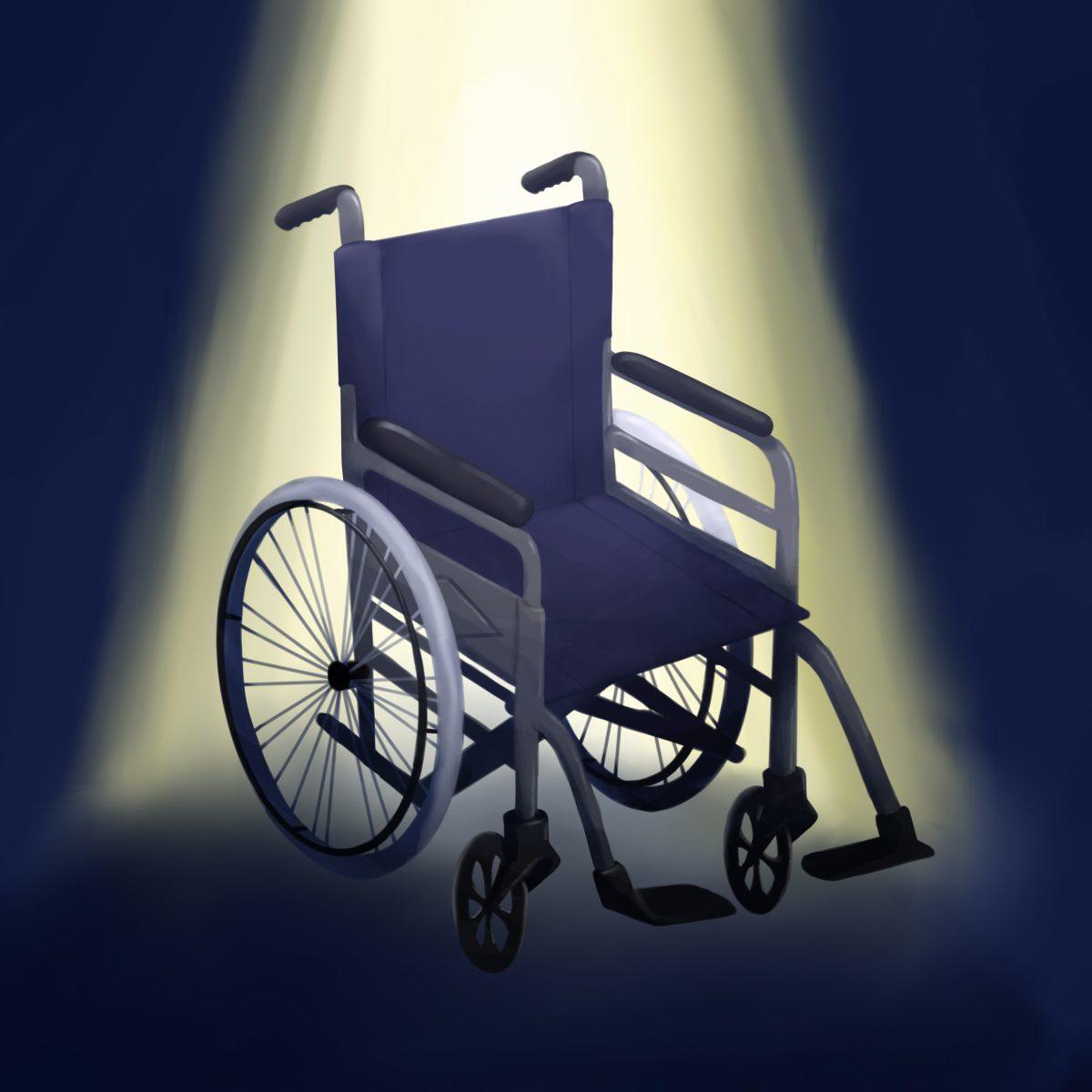
Graphic by Bianca Del Rio | Mercury Staff
‘Being Mortal,’ rethinking end-of-life care
Unfortunately, you’re going to die. However, through modern
medicine, that can be postponed — risk of death from common infection, injury
and disease has become much more manageable. This holds true until we reach old
age, where surgeon and writer Atul Gawande argues the medicine currently being
practiced can act in opposition to a better life. Gawande’s “Being Mortal” is a
new take on modern medicine as it relates to our treatment of the aged and the
dying. He argues that our flawed system of neglect in treating the aged and
terminally ill needs to be reimagined in favor of a good life—not a long one.
Still, even though the principles and the research are present, we aren’t at
any point told how to actualize his sweeping proposals.
Proposing changes to the system of handling death, nursing
homes and medical education, Gawande recognizes that trading an extended life
for greater happiness doesn’t necessarily mean we live shorter lives. In fact,
those who are happier sometimes live longer than expected even after
discontinuing medication, according to Psychology Today. Even so, as we rethink
medicine for the dying, limitations appear in Gawande’s sweeping proposals to
change the status quo. The first: we can’t save everyone.
Gawande’s argument is humanistic, which is its greatest
strength. Considering medicine not with the lens of extending life but rather enjoying
what’s left seemed to be a radical concept in the field. If terminally ill,
it’s unlikely that we’d wish to spend our final moments on a ventilator in a
hospital bed. In fact, a 2018 Stanford study found that 80% of Americans
indicate that they’d rather die at home. But still, about 30% of deaths in the
United States still occur in the hospital, and 24% in nursing homes, according
to the New England Journal of Medicine. One field of
treatment comes to mind when we discuss making life easier for the terminally
ill: hospice. Gawande’s argument for hospice then is not to surrender the dying
to hospitals, but only to admit the fact that they will eventually pass. With
hospice, we can pass on our own terms, living life in a manner more like our
former baseline.
The shift from normalcy can occur even before the decision
to choose hospice or the hospital though. Traditionally, nursing homes have
become the place of transition, a place to house our elderly where they will be
cared for and allowed to engage in activities. But that’s precisely the
problem, Gawande argues. When patients must seek permission, they lose their
autonomy. Nursing homes provide safety, but they often reduce quality of life for
those who lived with family or lived alone. The alternatives, assisted living,
where they’d live independently with assistance only upon request, or
communal-style households, built to avoid the clinical setting, both extend
happiness and possibly even lifespan, according to a 1988 Gerontology paper. We
must ask then, why are nursing homes still in business? What’s stopping us from
making the switch?
This is where Gawande’s argument falls short: much like the
current pandemic situation, there are too few beds for all that wish for
treatment. Waitlists are extensive for assisted living and communal-style care
facilities and training staff takes time. The limitation comes down to one thing:
scaling the system. The system that works for a small group only works because
it is a small group — a larger population in each housing complex dilutes the
personalized care and relationships that characterize these new-age facilities.
For those currently in nursing homes, remodeling their current situation to
form smaller groups within the homes and allow for greater independence would
be most beneficial, not endlessly waiting for an open spot at a new location.
Are revamped nursing homes preferable to the new-age facilities? Probably not —
but they’d certainly be viable as an option for the waitlisted masses.
Issues with scaling aren’t limited to the number of patients
in each facility; they also encompass the problems of trying to train staff to
fulfill all the necessary roles in these reimagined living systems. After
autonomy, the reason new-age facilities feel more like home rather than a
clinic is the separation of the “caretaker” role into a separate assistant and
clinical attendant. With a clinical assistant in charge of medical matters and
an assistant for quality of life and friendship, neither role is diluted for
the patient to feel as though they lose their autonomy. But the issue is
obvious: with geriatrics already experiencing a shortage in its workforce,
splitting one job into two exacerbates the deficit. Rather than trying to fill positions
then, what’s needed is a redefinition of the “caretaker” job description. Although
it wouldn’t solve all the issues, the first step in redefinition is changing
the objective from extending a lifespan to experiencing comfort and happiness.
“Being Mortal”
identifies the problem and offers an answer — but fails to apply the solution
to the real world. The case analyses presented of assisted living centers,
family-style communities and shared responsibility are well and good, until we
account for the backlog of people waiting for that care. Gawande’s right: we’re
neglecting our elderly and prioritizing our wishes for their safety over their
wishes for independence and happiness. But it’s a balancing act between
fighting for the normalcy of new facilities versus the care of traditional
nursing homes, sanity versus safety and a good life versus a long life.
Gawande’s right about the issues, but the changes might not have to be so
drastic after all. No matter where they are, if we could give the dying a
reason to live, it would be a life worth living.